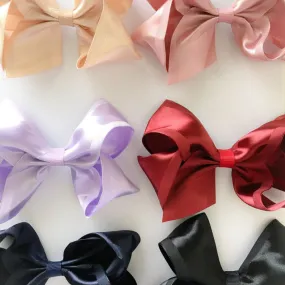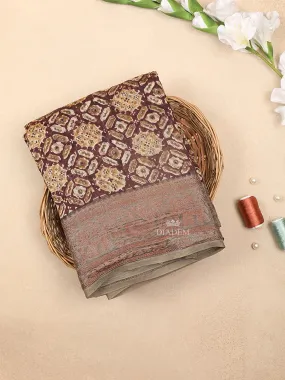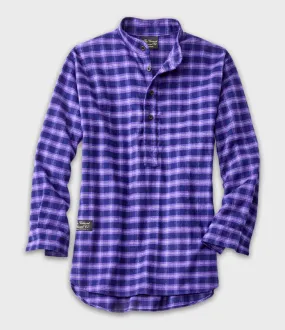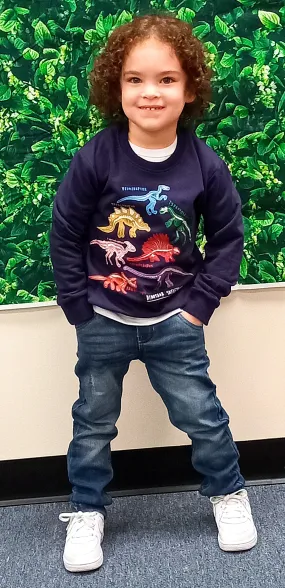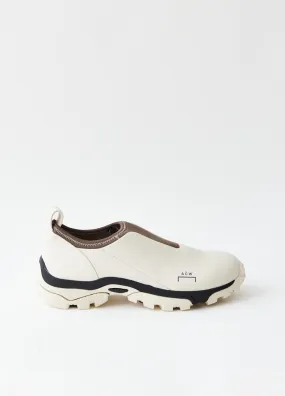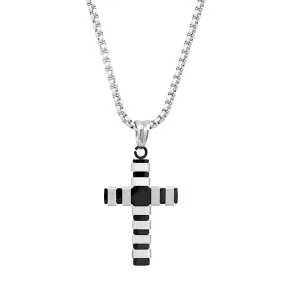Original Item: One Only. Much like our European cousins in the 1880s, the U.S. Army started to adopt spiked pith helmets, often in white, with all brass mounts and occasionally plumes. These saw active service in the Spanish American War of 1898 especially in the tropical climate in Cuba. While often referred to as "pith helmets" in the broad sense, it was made from cork, like many European variants, such as the Wolseley pattern used by the British.
This helmet dates to the late 1880s to early 1890s, and it really is quite striking. This is not the type of helmet that was worn in the field, but instead one intended for use with the "dress" uniform for ceremonial occasions. It is beautifully made from cork covered with brown fabric but missing a legible maker’s label.
The Helmet plate displays the Great Seal of the United States, with the American Eagle with a banner in its beak stating: E PLURIBUS UNUM. The "crossed arrows" on the shield indicate that it is for an Indian Scouts unit. From the looks of the front plate, it is the original plate to the helmet and was not switched like ones we have seen in the past. The crossed arrow cavalry side buttons are still present.
Very nice, great condition for age with loads of patina, ready to display!
Native Americans have made up an integral part of U.S. military conflicts since America's beginning. Colonists recruited Indian allies during such instances as the Pequot War from 1634–1638, the Revolutionary War, as well as in War of 1812. Native Americans also fought on both sides during the American Civil War, as well as military missions abroad including the most notable, the Codetalkers who served in World War II. The Scouts were active in the American West in the late 19th and early 20th centuries. Including those who accompanied General John J. Pershing in 1916 on his expedition to Mexico in pursuit of Pancho Villa. Indian Scouts were officially deactivated in 1947 when their last member retired from the Army at Fort Huachuca, Arizona. For many Indians it was an important form of interaction with European-American culture and their first major encounter with the Whites' way of thinking and doing things.
















